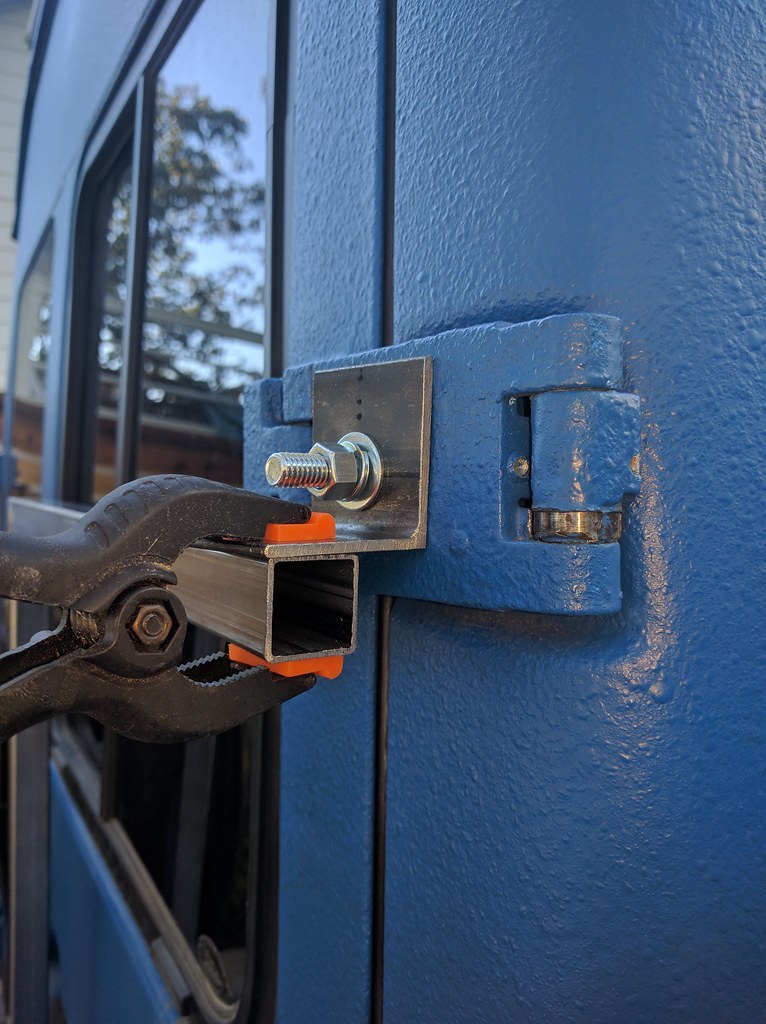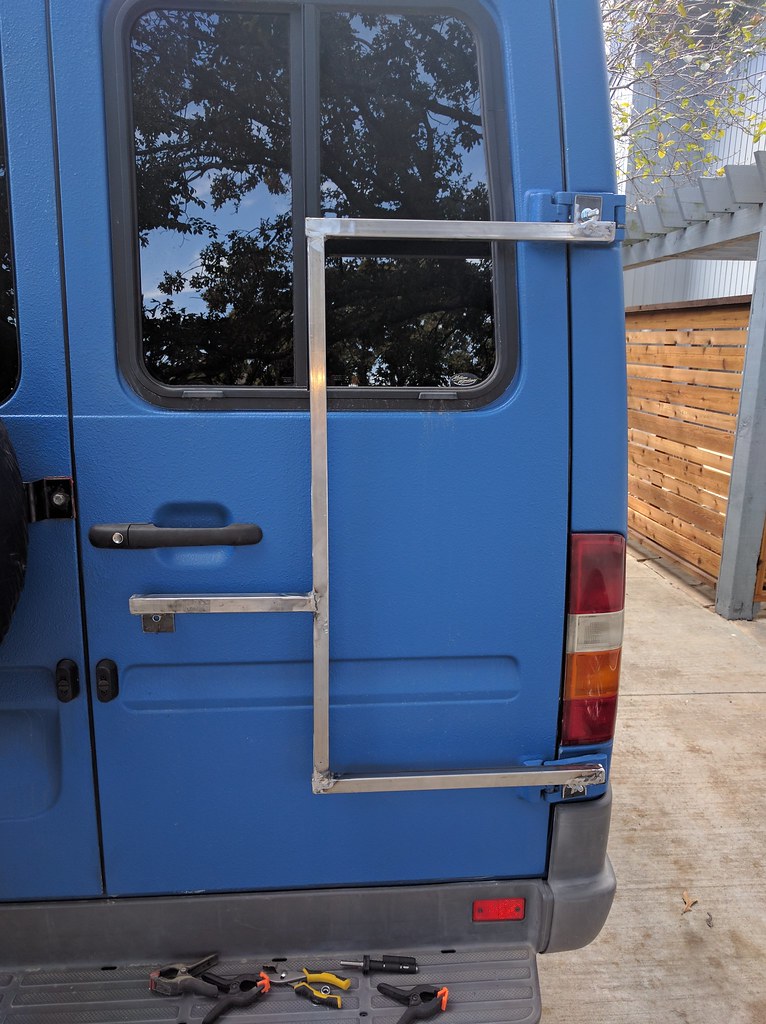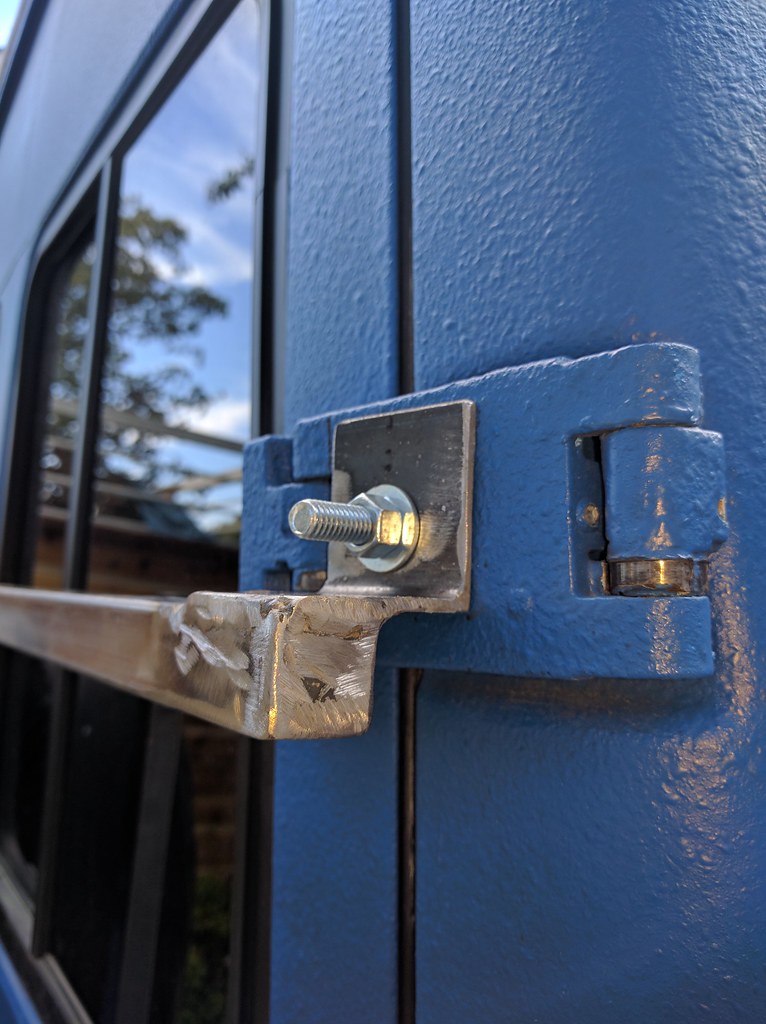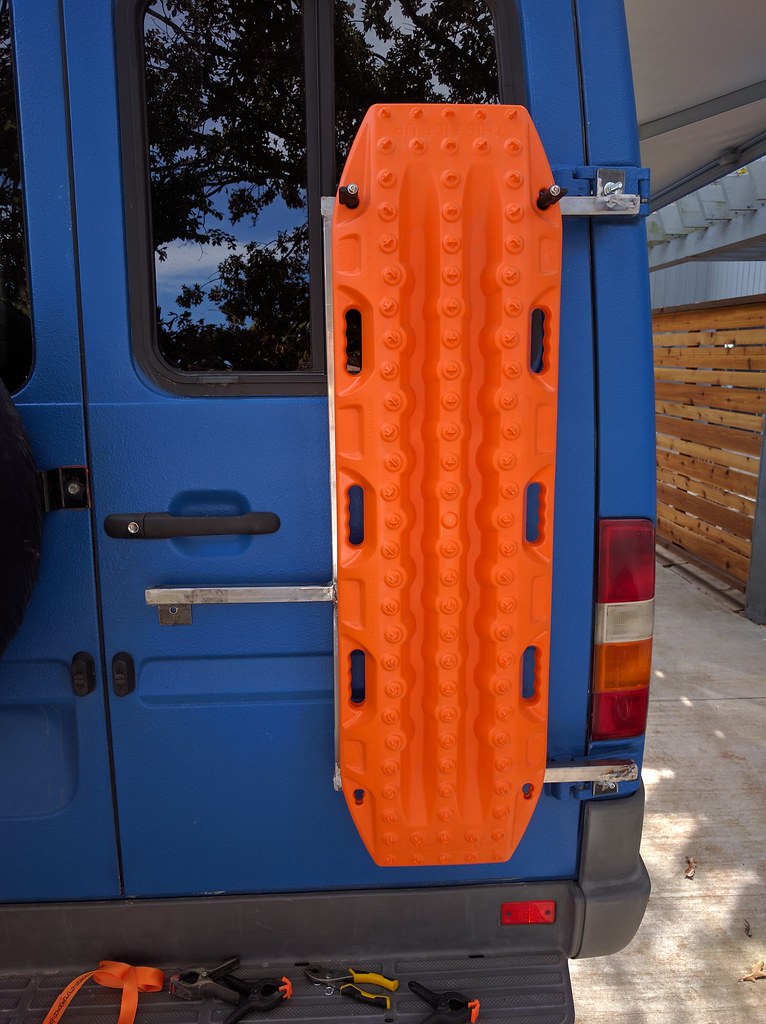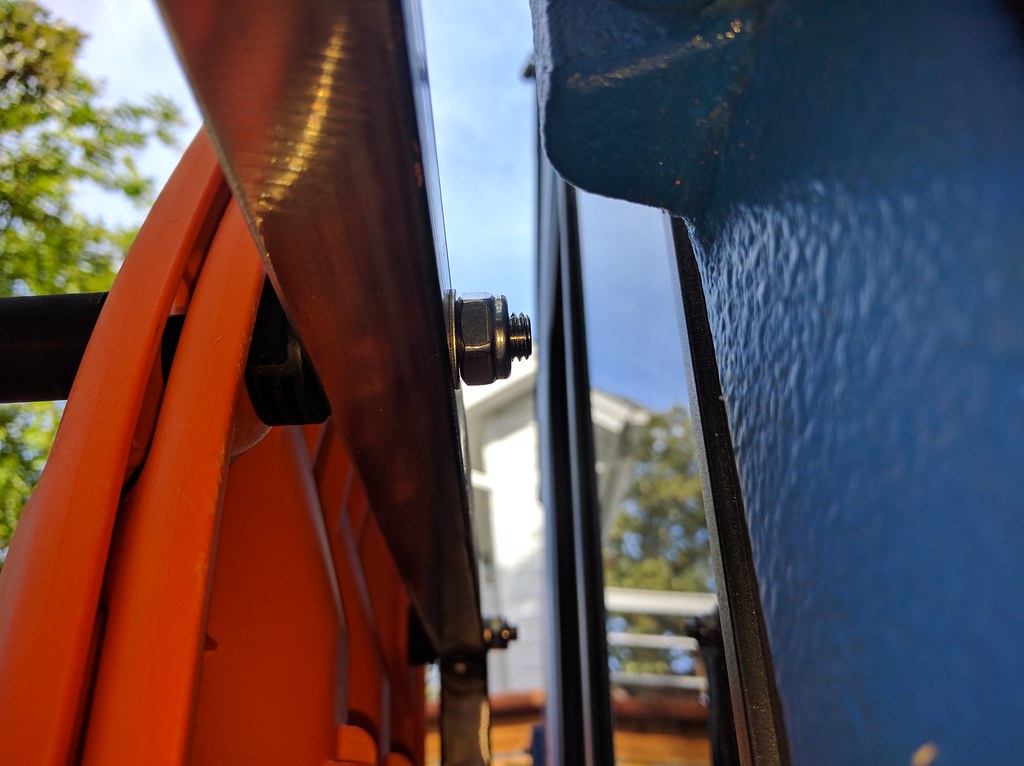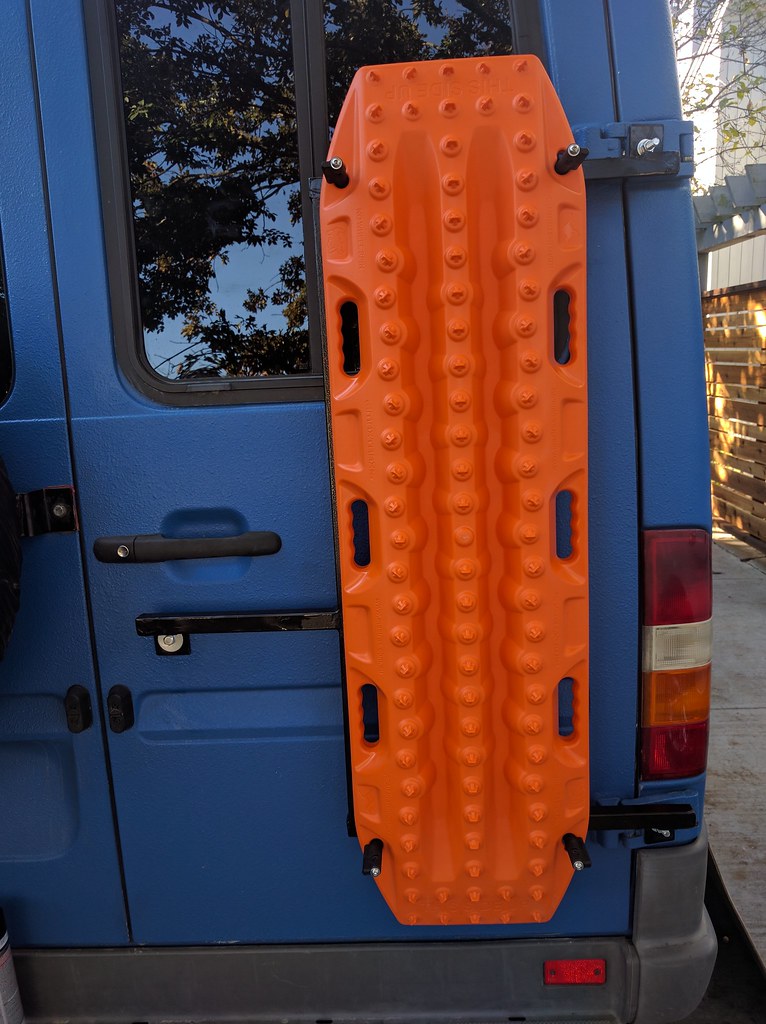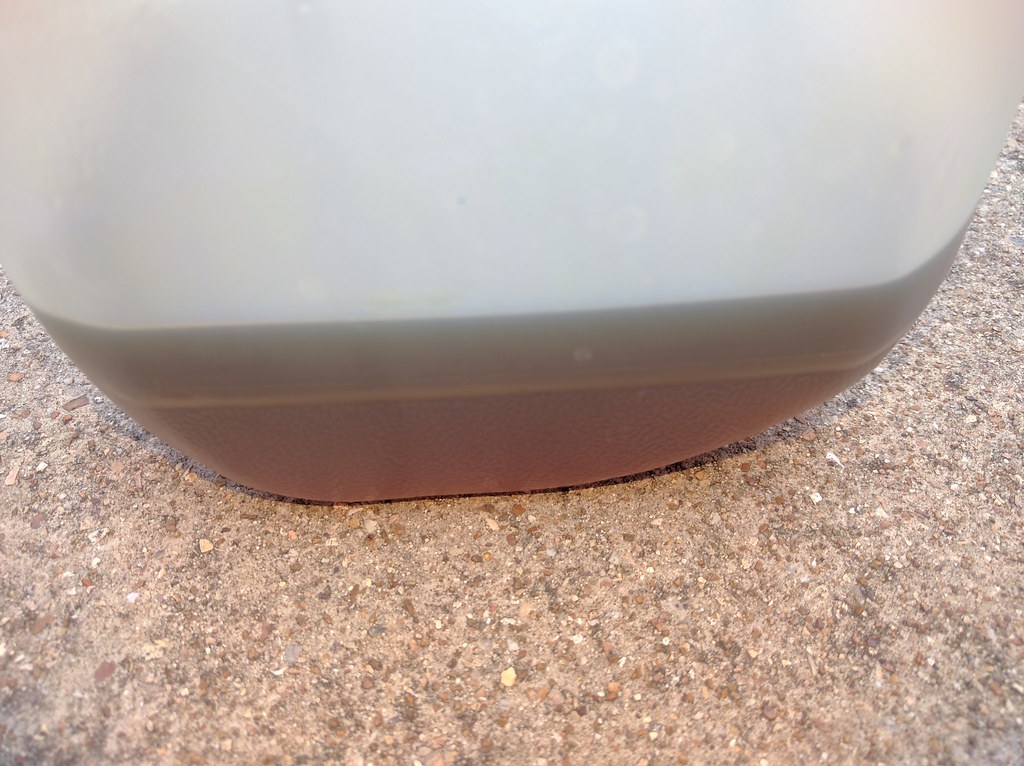We have requested a large number of shipping quotes. After a lot of back and forth we have decided to try container shipping. Due to the 2.585 meter height restriction for high cube shipping containers, we will be needing to fit the van with steel shipping wheels. These are custom made from steel plate, and will lower the van about 6 inches so that it will clean the door aperture on a container. A generous friend has offered us the use of a CNC plasma cutter so that we can cut a set of these wheels. Another option would be to use bare rims, but sprinter rims are fairly hard to come by, and are not cheap (plus they take up a lot of room).
Shipping routes from the USA to AUS are generally cheapest out of the Los Angeles port of Long Beach which is a hub for these routes. Most of Australia's south east coast is common rated, so freight costs are the same for Sydney Melbourne etc. There is some variance in port fees, but they seem to be fairly minor. I have contact with a few fellow sprinter owners in Melbourne, so we will likely ship to that port.
We have a little bit of work left to do as we shoehorn all of our equipment into the van. I still need to make a few storage dividers and some tie downs, but overall it is progressing nicely. We still need to request visas and acquire our CPD Carnet for the van. We are holding off on these until we have a ship date for the van. The temporary import of the van is tied to our visa expiration date, and the Carnet is only good for a year (it can be extended). So these items all need to have similar/close start dates.
I spent a few quality hours under the van with a pressure washer over the weekend in an attempt to remove 10 years of road grime. Mercedes felt the need to coat most of the vans underside (as well as inside the body cavities) with a wax like anti-corrosion product. The good is that the van is rust free underneath. The bad is that this wax has road grime and soot embedded in it. I did the best I could, but factory fresh cleanliness is not a reasonable possibility. Hopefully the Australian inspectors are lenient.
We have over 10 thousand miles on the vans chassis, and about half of that on the complete conversion. At this point the van is pretty well shaken down, and most of the minor issues have been resolved. I still have a coolant seep or two in the water heating loop (new clamps?), and a oil seep or two as well. I think I have most of them remedied, but there is a lot of plumbing. Surprisingly we have had minimal issues with the conversions systems other than a few design/layout deficiencies which cannot be remedied at this stage.
Our future plans are still fluid at this point, but we are hopping to have the van in transit by the end of November. We are requesting a fast ship, which should hopefully keep the transit time under 20 days. If all goes well we will be on the road in Australia before 2017.
This is likely to be the last round of van modifications before we post up a complete "tour" of our new home in the coming weeks.
Here are the bug screens.
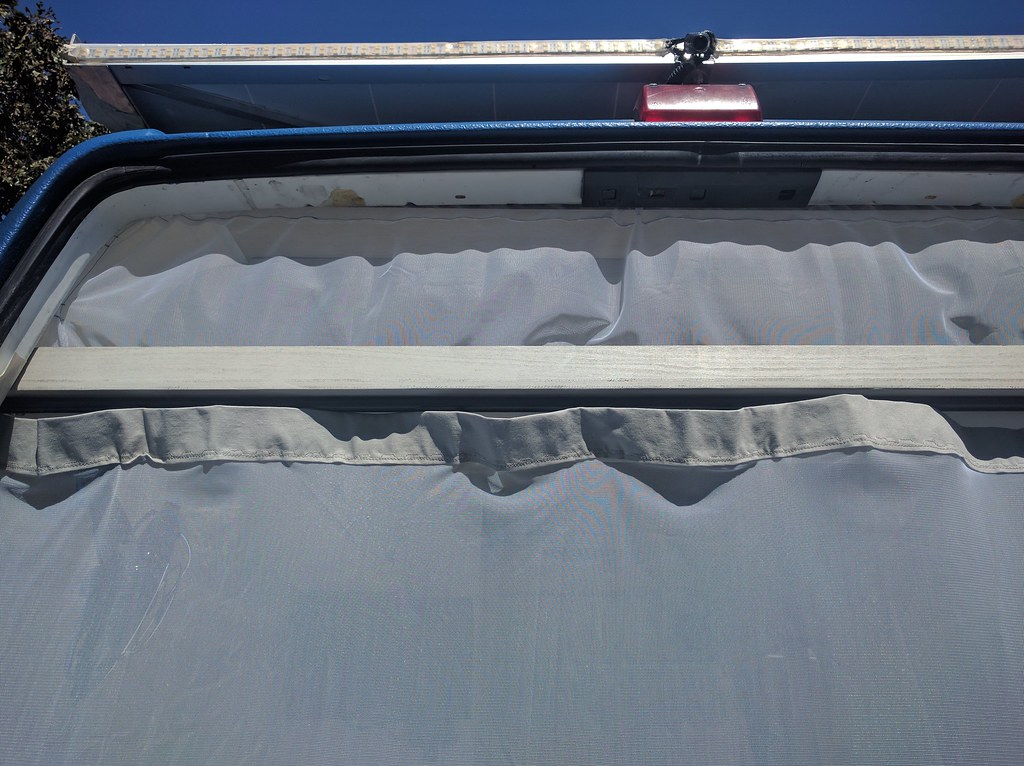

A hold down for the folding table.
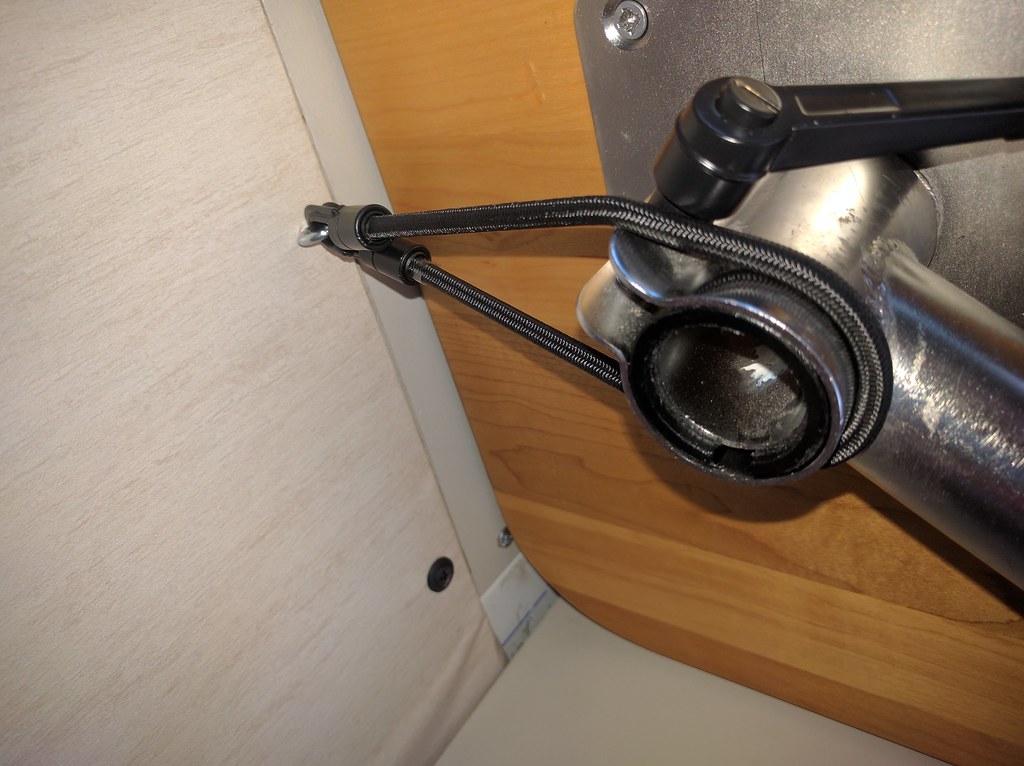
Some protection for the AC unit.
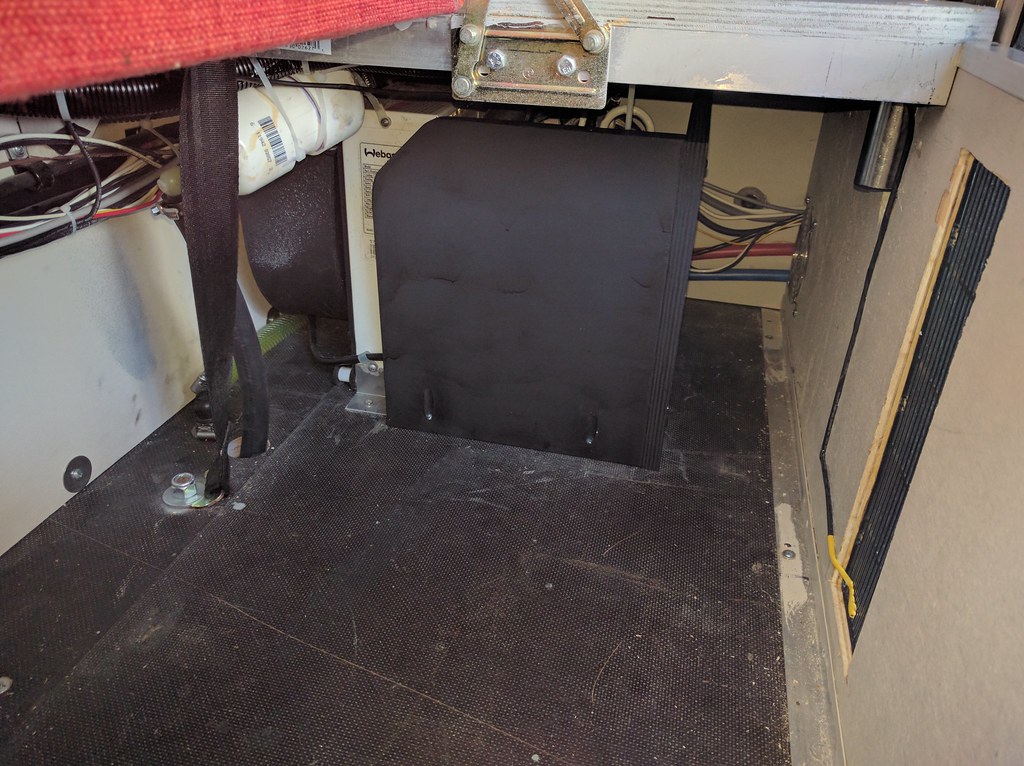
I have created a system to allow for wifi access and a shared network for our electronic devices. A wifi router produces a local network, WAN is provided by a Ubiquity Nanostation. The nanostation has a powerful antenna, and allow us to connect to distant wifi networks. Using a suction cup mount allows us to position the nanostation on a window (or outdoors, as its weather proof).

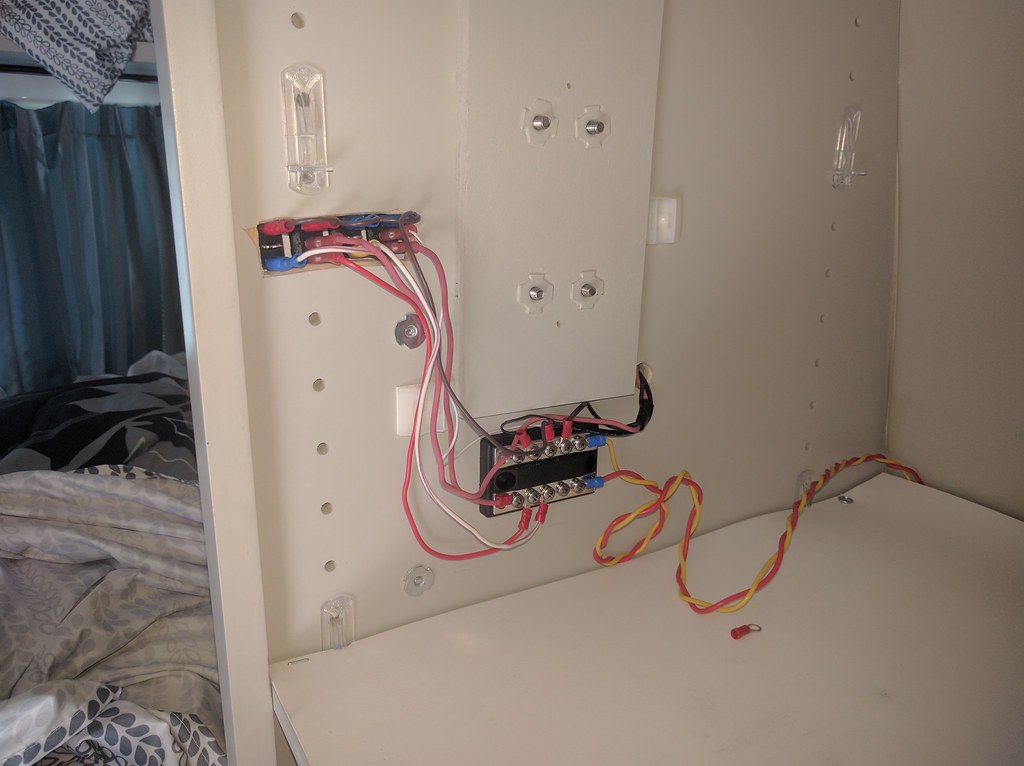
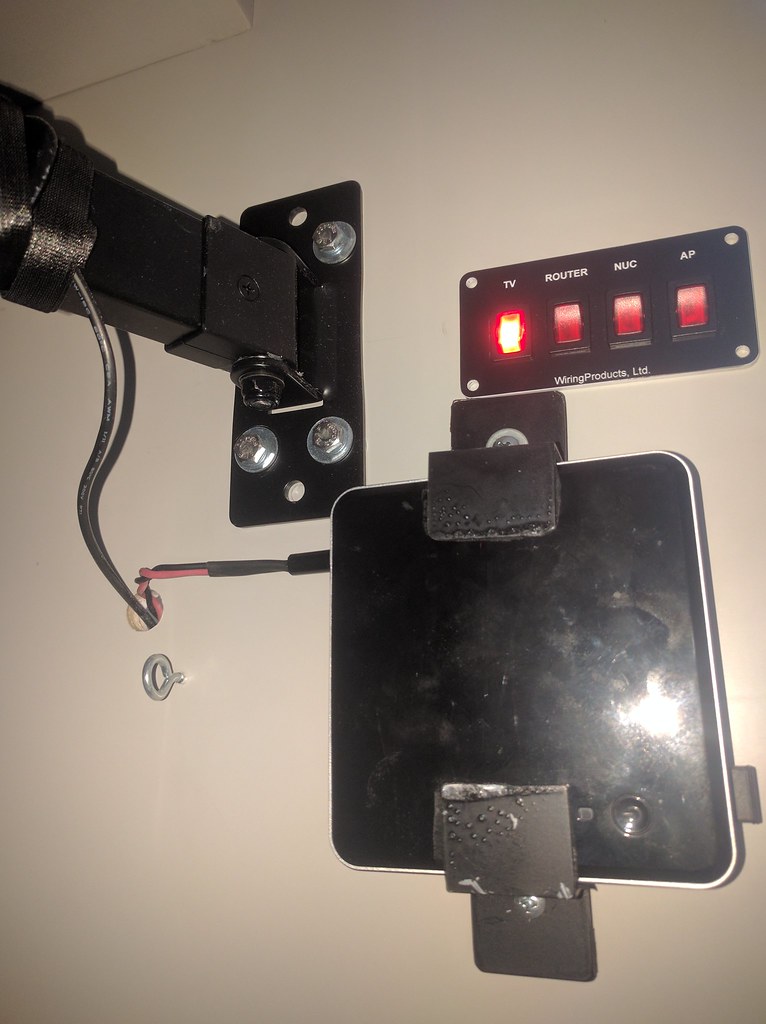
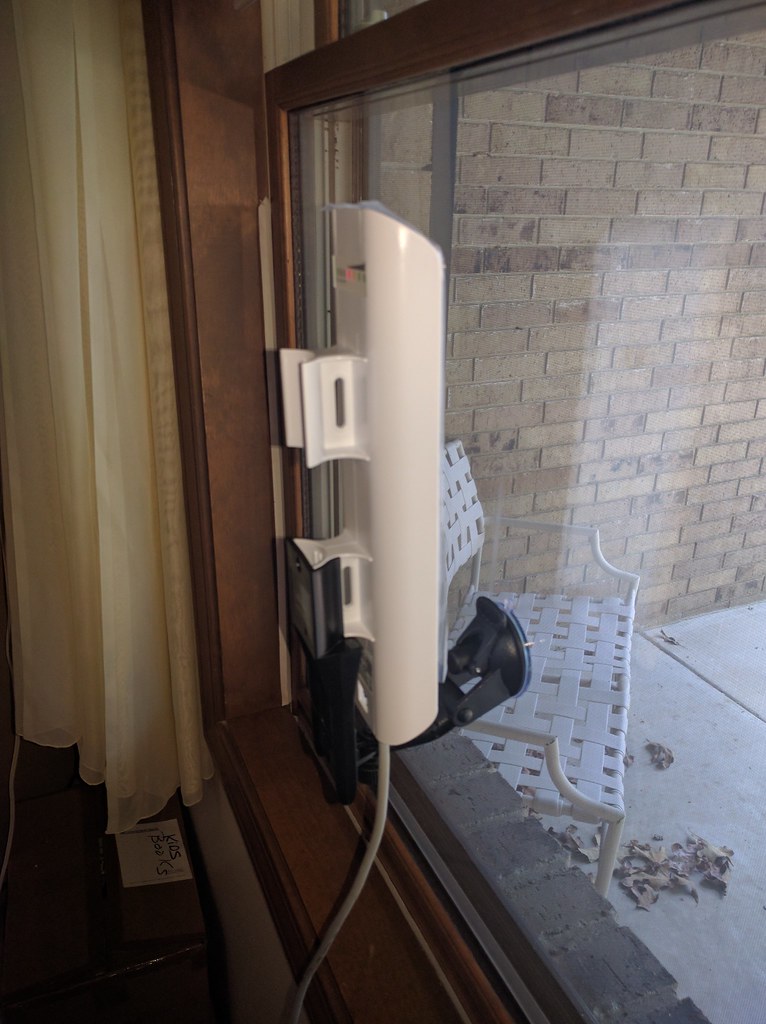
I made a more permanent storage solution for the winch and recovery gear in the rear. Custom length bungee straps and eye bolts allow for strapping everything down.

A rack on the other side holds the various hand tools we need on a regular basis.

After much head scratching I couldn't find a good place for the maxtrax inside the van. I decided to fabricate a mounting rack on th passenger side rear door. It bolts through the hinges, and uses one hole in the door skin.

